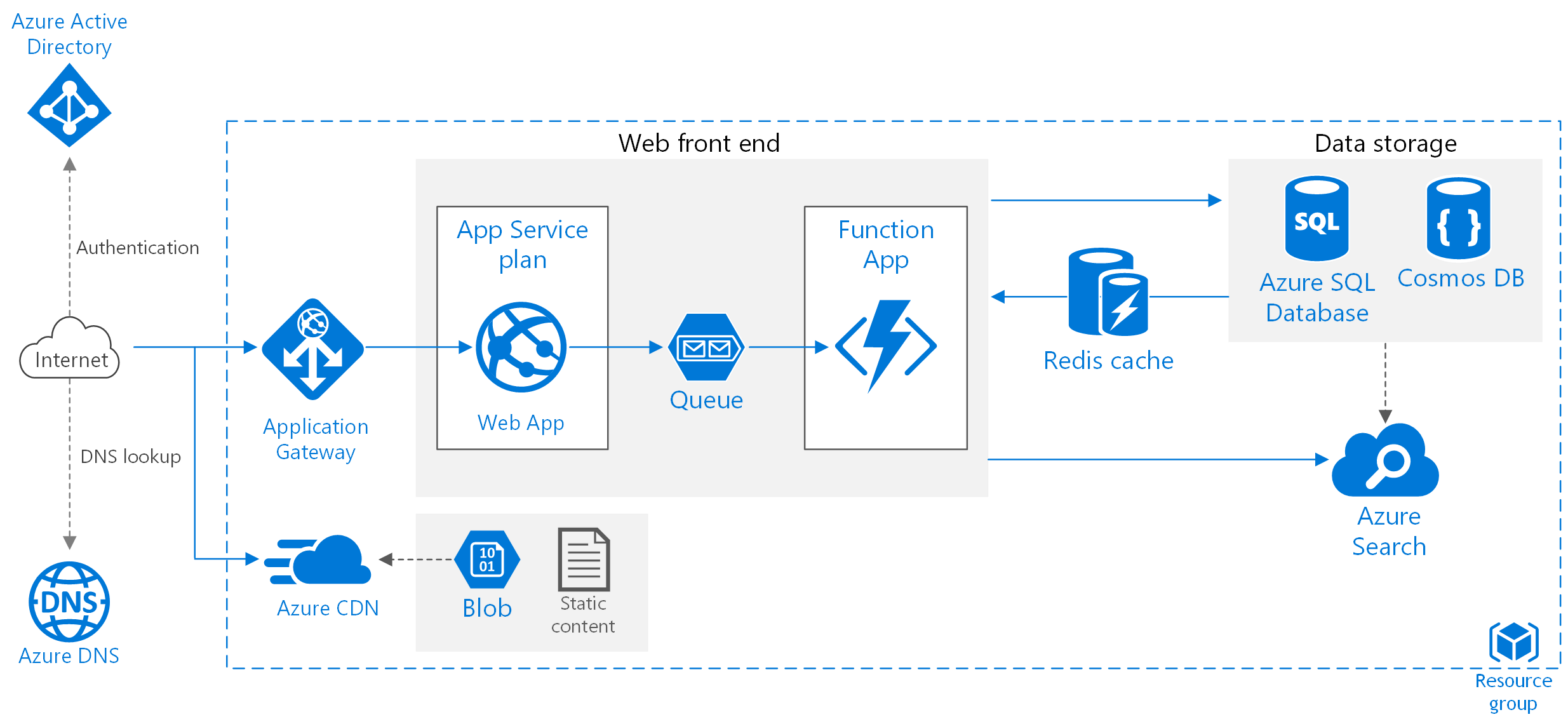Building Scalable Web Applications with Python in 2023
In today’s digital era, building scalable web applications has become crucial for businesses to thrive in the highly competitive online landscape. Python, a powerful and versatile programming language, has emerged as a popular choice among developers for creating robust and scalable web applications. In this article, we will explore the key aspects and best practices for building scalable web applications with Python in 2023, ensuring seamless readability when posting on WordPress.
Introduction
The introduction sets the stage by emphasizing the importance of building scalable web applications and the role of Python in achieving that goal. It briefly touches upon the challenges faced by businesses in the ever-evolving digital landscape.
Choosing the Right Web Framework
This section discusses the significance of selecting an appropriate web framework for your Python web application. It explores popular options like Django, Flask, and Pyramid, highlighting their strengths and use cases.
Utilizing Asynchronous Programming
Asynchronous programming is a powerful technique for building scalable web applications. This section delves into the concepts of asynchronous programming and explores libraries like asyncio and aiohttp, enabling developers to handle high levels of concurrency and improve application performance.
Leveraging Caching Techniques
Caching plays a crucial role in enhancing web application performance. This section discusses various caching techniques like in-memory caching, Redis, and Memcached, demonstrating how to leverage caching to reduce response times and minimize server load.
Database Optimization
Efficient database management is vital for scalability. This section explores techniques such as database indexing, query optimization, and denormalization, helping developers optimize database performance and handle large-scale data efficiently.
Implementing Load Balancing
Load balancing ensures even distribution of incoming traffic across multiple servers, preventing any single server from becoming overwhelmed. This section explains load balancing concepts and introduces tools like Nginx and HAProxy for achieving optimal load distribution.
Scaling with Containerization
Containerization, facilitated by tools like Docker and Kubernetes, enables the seamless deployment and scaling of web applications. This section provides insights into containerization and demonstrates how to leverage it to scale Python web applications effectively.
Monitoring and Performance Testing
Monitoring and performance testing are crucial for identifying bottlenecks and optimizing application performance. This section discusses tools like Prometheus and Grafana, enabling developers to monitor key metrics and perform load testing to ensure scalability and reliability.
Securing Your Web Application
Web application security is of paramount importance. This section highlights security best practices, such as input validation, protecting against common attacks like SQL injection and cross-site scripting (XSS), and utilizing frameworks like OWASP.
Ensuring High Availability
High availability is essential to minimize downtime and ensure uninterrupted access to your web application. This section explores techniques like distributed systems, fault tolerance, and backup strategies, enabling developers to design highly available architectures.
Optimizing Front-End Performance
Front-end optimization is crucial for providing a seamless user experience. This section discusses techniques like minification, bundling, lazy loading, and leveraging modern front-end frameworks to improve web application performance.
Implementing CDN for Faster Content Delivery
Content Delivery Networks (CDNs) help deliver web content efficiently across the globe. This section explains how to integrate CDNs with Python web applications to ensure fast and reliable content delivery to users worldwide.
Future-Proofing Your Application
This section sheds light on future trends and technologies that can impact web application scalability. It explores concepts like serverless computing, microservices, and artificial intelligence, empowering developers to stay ahead of the curve.
Conclusion
In conclusion, building scalable web applications with Python in 2023 requires a comprehensive understanding of various techniques and best practices. By following the outlined strategies in this article, developers can ensure their web applications are optimized for scalability, performance, security, and future growth.
FAQs
Q: How can I determine which web framework is the right choice for my Python web application?
A: The choice of a web framework depends on various factors, including project requirements, complexity, scalability needs, and developer familiarity. It’s recommended to evaluate multiple frameworks, consider their features, community support, and documentation before making a decision.
Q: Can I implement scalability without containerization?
A: While containerization offers numerous benefits for scalability, it’s not the only approach. You can implement scalability using other techniques like horizontal scaling, load balancing, and utilizing cloud infrastructure, depending on your specific requirements and constraints.
Q: How can I ensure my web application is secure against emerging threats?
A: Ensuring web application security requires a combination of best practices. These include input validation, using secure authentication and authorization mechanisms, employing encryption, keeping software and libraries up to date, and conducting regular security audits.
Q: What role does CDN play in web application scalability?
A: Content Delivery Networks (CDNs) help distribute web content across multiple edge servers, reducing latency and improving overall performance. By leveraging CDNs, you can deliver content faster to users around the world and handle increased traffic more efficiently.
Q: How do I future-proof my Python web application?
A: Future-proofing involves staying updated with the latest trends and technologies in web development. It’s important to continuously learn and explore new tools, frameworks, and architectures, adapting to changes in the industry and embracing emerging opportunities.





